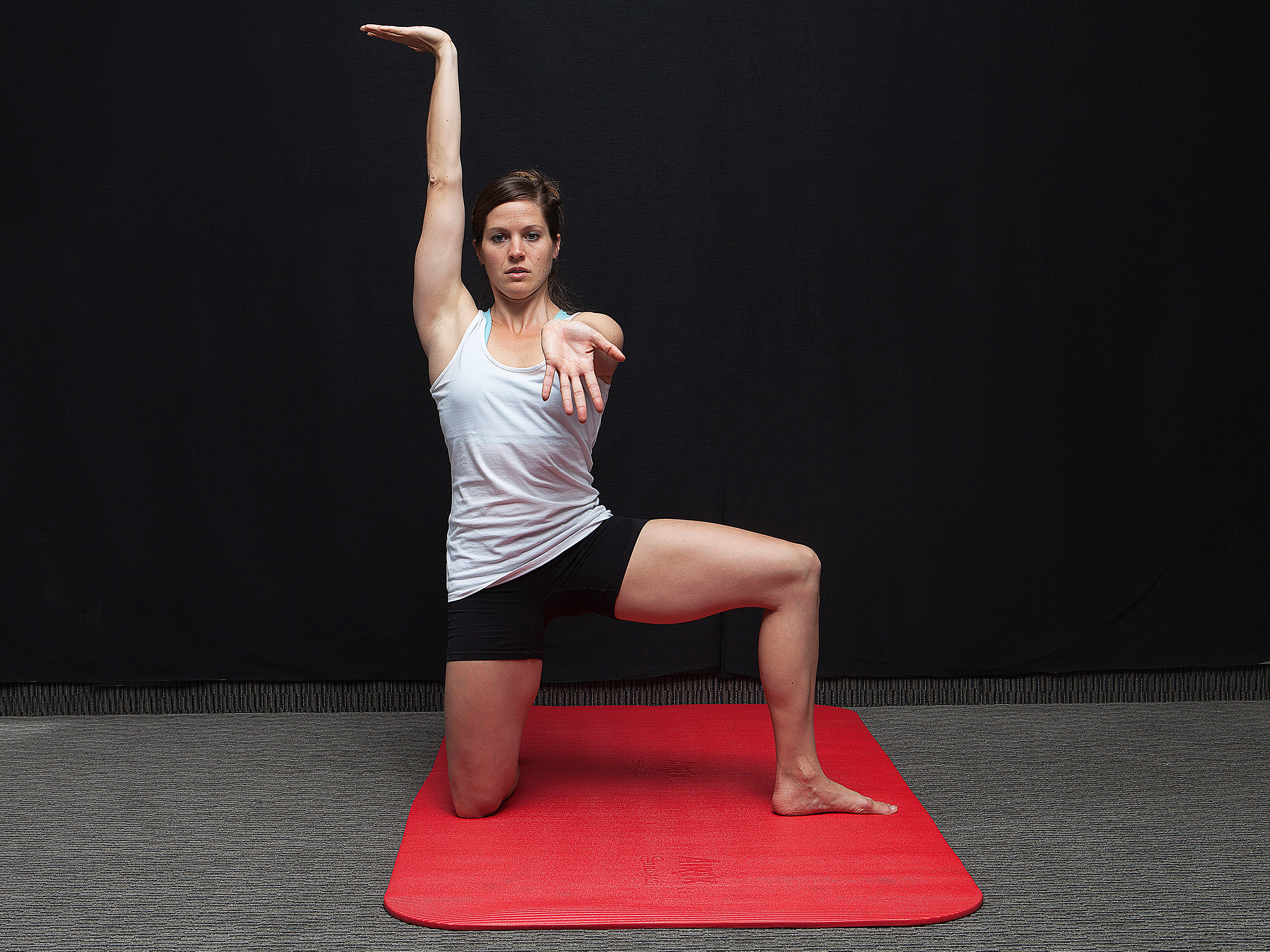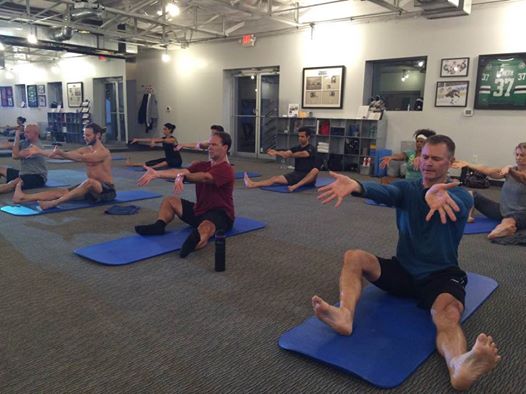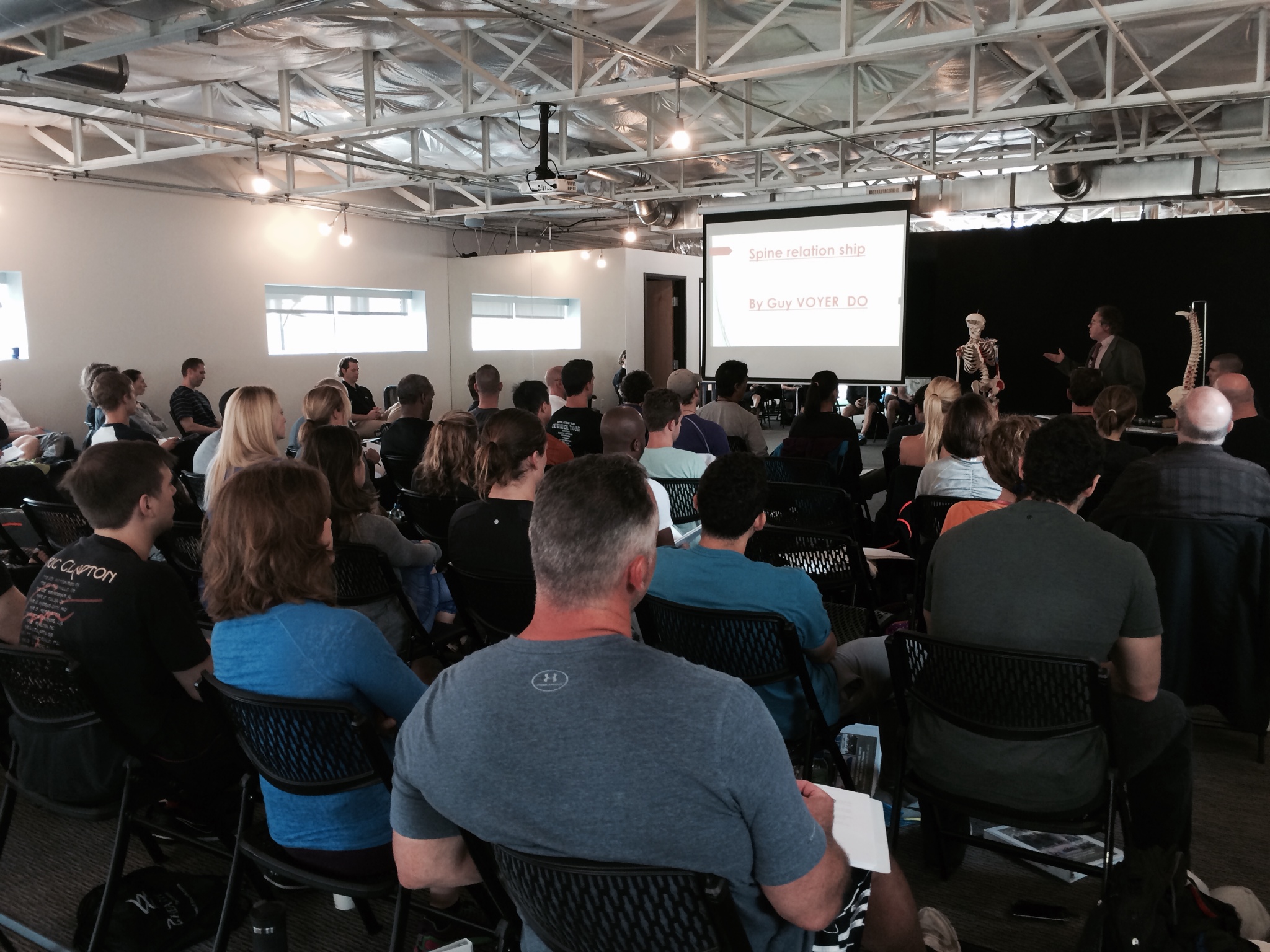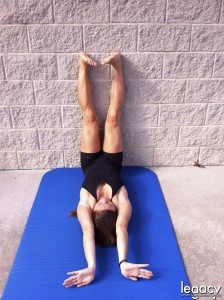Fall School 2024
Dates and Curriculum set!
Courses: Strengthening of the Abdominals, Intro to Pelvilogy, Strapping, Sauna, and Pumping of the Pelvis and Spine
Legacy’s ELDOA™ Center of Dallas has been using the ELDOA postures and teaching group ELDOA workouts for more than a decade.
The ELDOA are postural exercises (LOADS) that you can do yourself with the primary goal being to increase the space between a chosen joint. Designed by French osteopath, Guy VOYER, DO, the ELDOA utilize myofascial stretching to put tension around a primary lesion, making it the center of “separating forces”. The myofascial tension creates a postural normalization in a specific joint, resulting in numerous benefits.
The GOALS of the ELDOA are the following:
• To create more space between the vertebrae.
• To create more space for the intervertebral disc.
• To depress the nerve between the vertebrae.
• To improve proprioception of the vertebral joint segment.
• To improve proprioception of the Functional Spine Unit (FSU).
• To hydrate the intervertebral disc.
• To move all parts of the annulus fibrosis.
• To stimulate the water intake.
ELDOA Classic Group Workout
October 26 @ 9:30 am - 10:30 amELDOA Specific – SI Joint & Hip Workout
October 26 @ 10:30 am - 11:00 amOpen Sauna
October 26 @ 10:30 am - 1:30 pmSegmental Strengthening of the Abs & Thoracic Diaphragm
November 21 - November 22Strapping for Sports Pathologies
November 23 - November 24
After more than 20 years of travel and concentrated research in the fields of physical exercise, anatomy, biomechanics, and osteopathy, Legacy Sport & Wellness opened its School in 2008.
The School is dedicated to teaching the science of human movement, wellness, and sports performance while staying faithful to the Complexity Paradigm, the philosophies of Systems, Tensegrity Biomechanics and Functional Anatomy.
The Legacy Center has two divisions: the Sport & Wellness Center and the Legacy Institute.
The Institute is a teaching facility. Students from around the world travel to Dallas to attend courses that are organized into short, intensive modules covering any number of topics ranging from ELDOA Certifications, Back Pain Workshop, to Applied Sport & Wellness Training & Therapy for Professional Athletic Teams.
All the course work at the Institute respects the Educational Paradigm – “Learn by Doing” – organized by Guy VOYER, DO.
Dr. Voyer asked Legacy to be the Administrative Office for the newly reformatted ELDOA Program. Scott Herrera is the Director of the ELDOA Program, Lead Instructor and the author of the ELDOA Teaching Manuals, Levels 1 – 3.
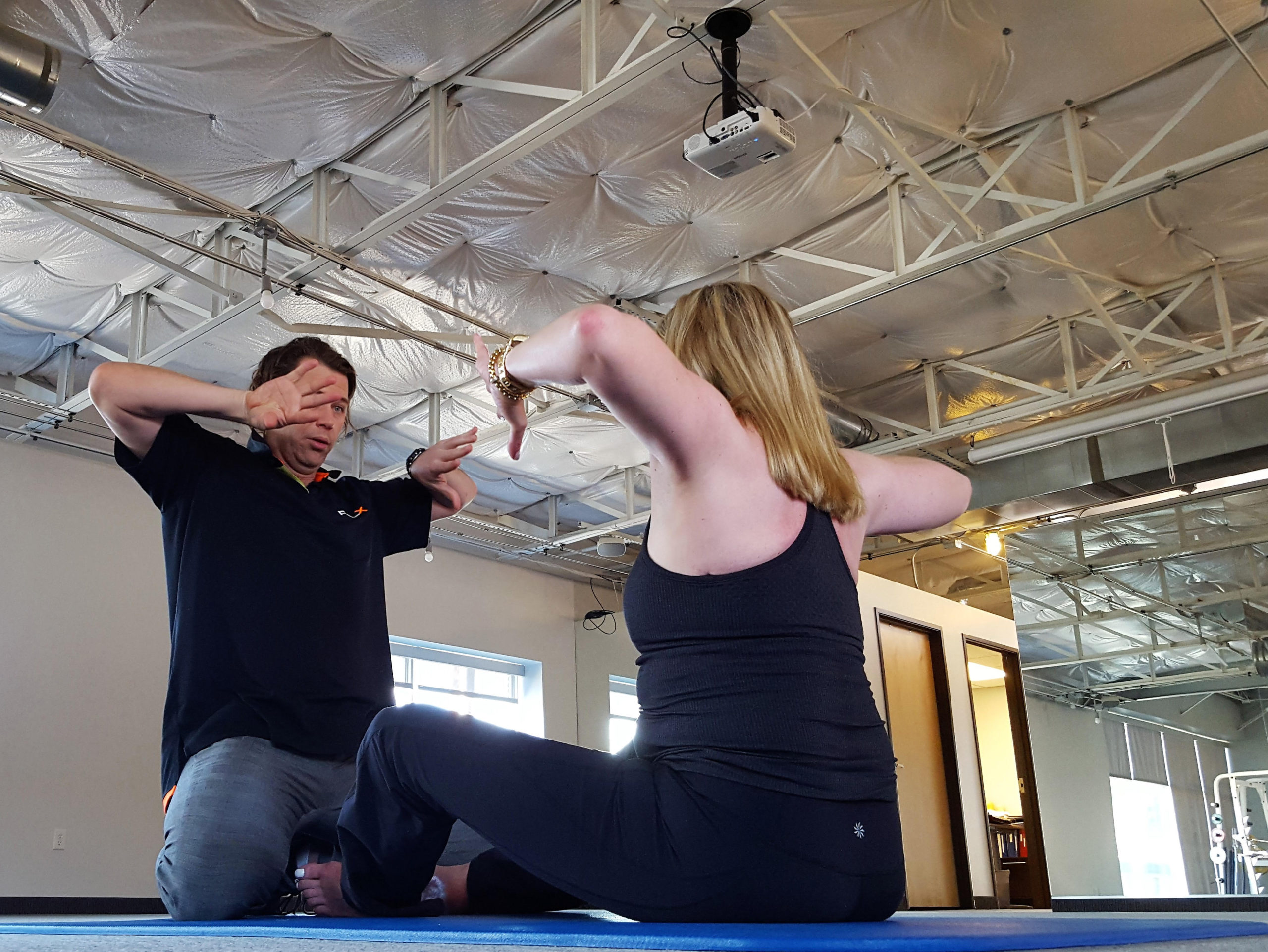
Book an Individual Consultation
- Evaluation and Program
- Private Training
Sign Up for an Exercise Class
- Semi-Private Training
- Group Wellness Workout
Hire Legacy for Consultation
- Sport Training & Therapy Programs
- Privately Owned Wellness Facilities
- Speaking Engagements
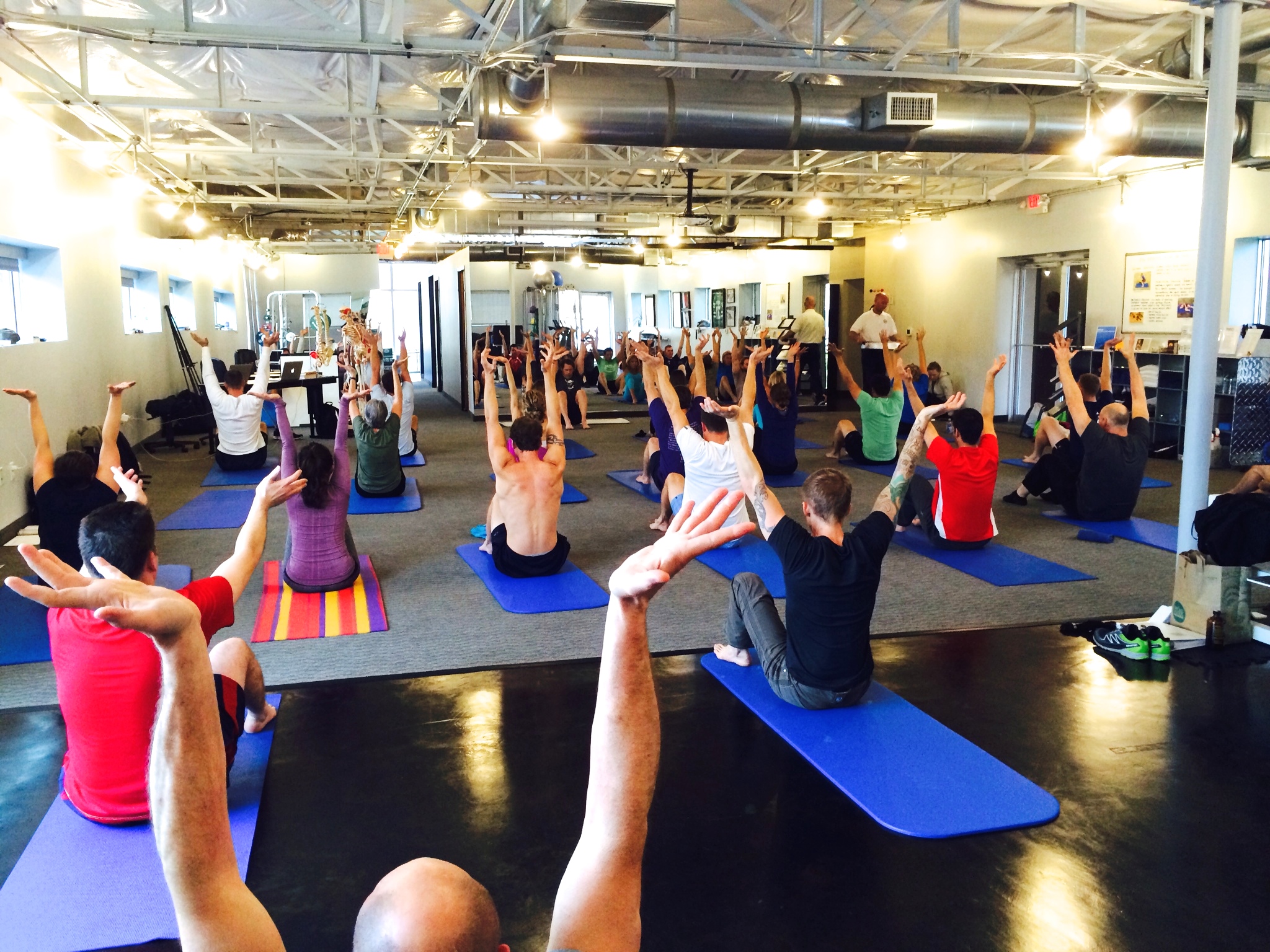
After 20 years of research into exercise and study of osteopathy, Legacy opened our Center, based upon and faithful to the principles of the Complexity Paradigm, Tensegrity Biomechanics and Functional Anatomy. As we teach the science of human movement, wellness, and sports performance, Legacy’s training clients receive customized exercise programs adapted for a specific problem or goal: sports related, preventative, corrective, maintenance or aesthetic.
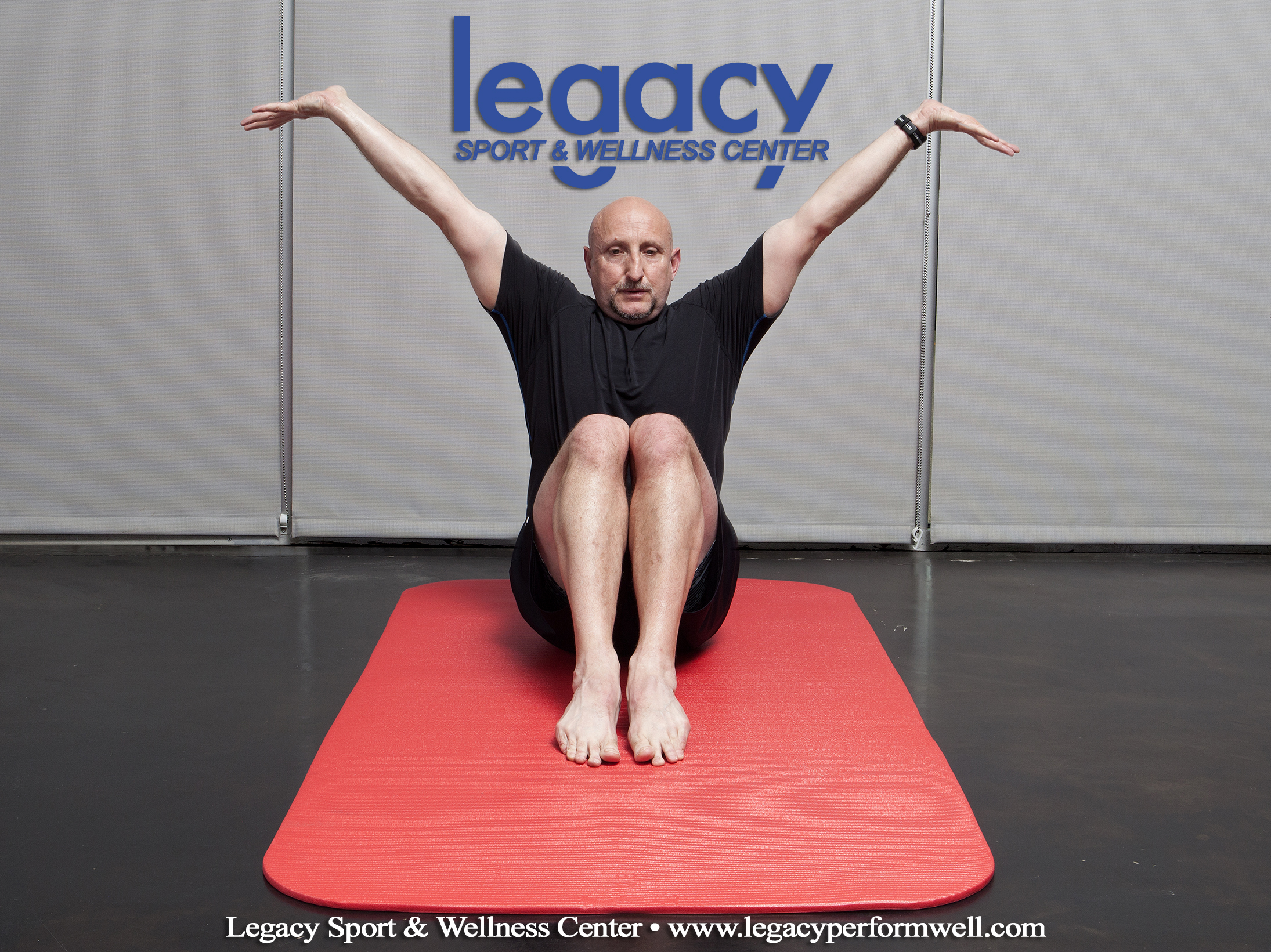
Legacy Sport & Wellness opens the first ELDOA-Sport & Wellness Training Center in North America. The Center has two divisions: the Sport & Wellness Training Program and the Legacy Institute. At the Center, Legacy’s clients receive customized exercise programs adapted for a specific problem or goal: sports related, preventative, corrective, maintenance or aesthetic. The Legacy Institute is a teaching facility concentrated on the research in physical exercise and osteopathy.
Interested in taking an ELDOA Certification course? Check the calendar for upcoming courses around the world.
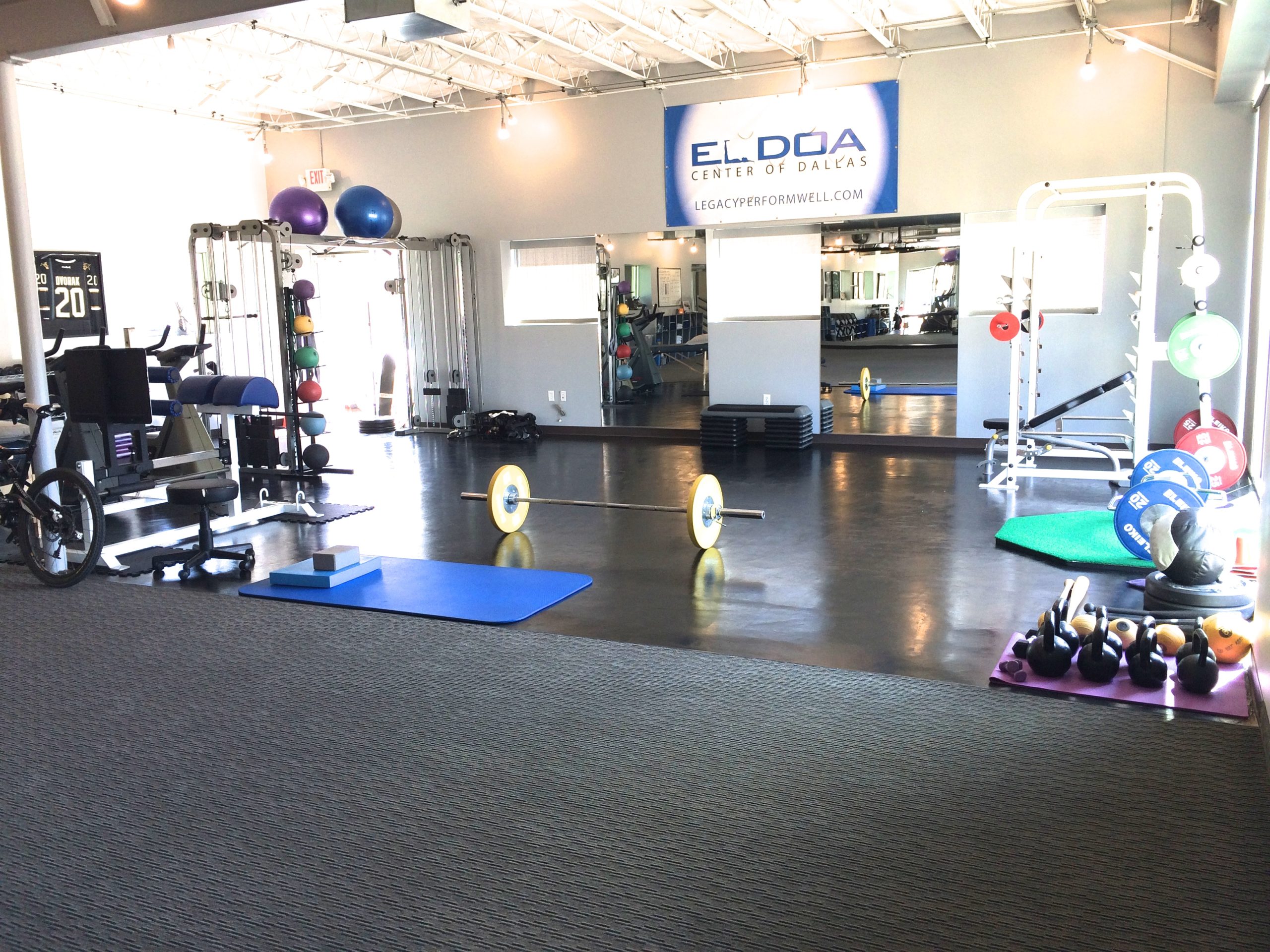
Legacy works with professional athletes in private training sessions. We also design programs for pro and collegiate strength and medical staffs, teaching specific exercises and the tensegrity biomechanics and functional anatomy philosophies. Legacy hosts pre- and post-season sports camps, as well as in-season training, to prepare pros for the upcoming season and help them “regen” once the season is over.
Scott Herrera will travel to your facility to instruct your staff or you may send coaches to our Center for training in Legacy’s Professional Development Series.
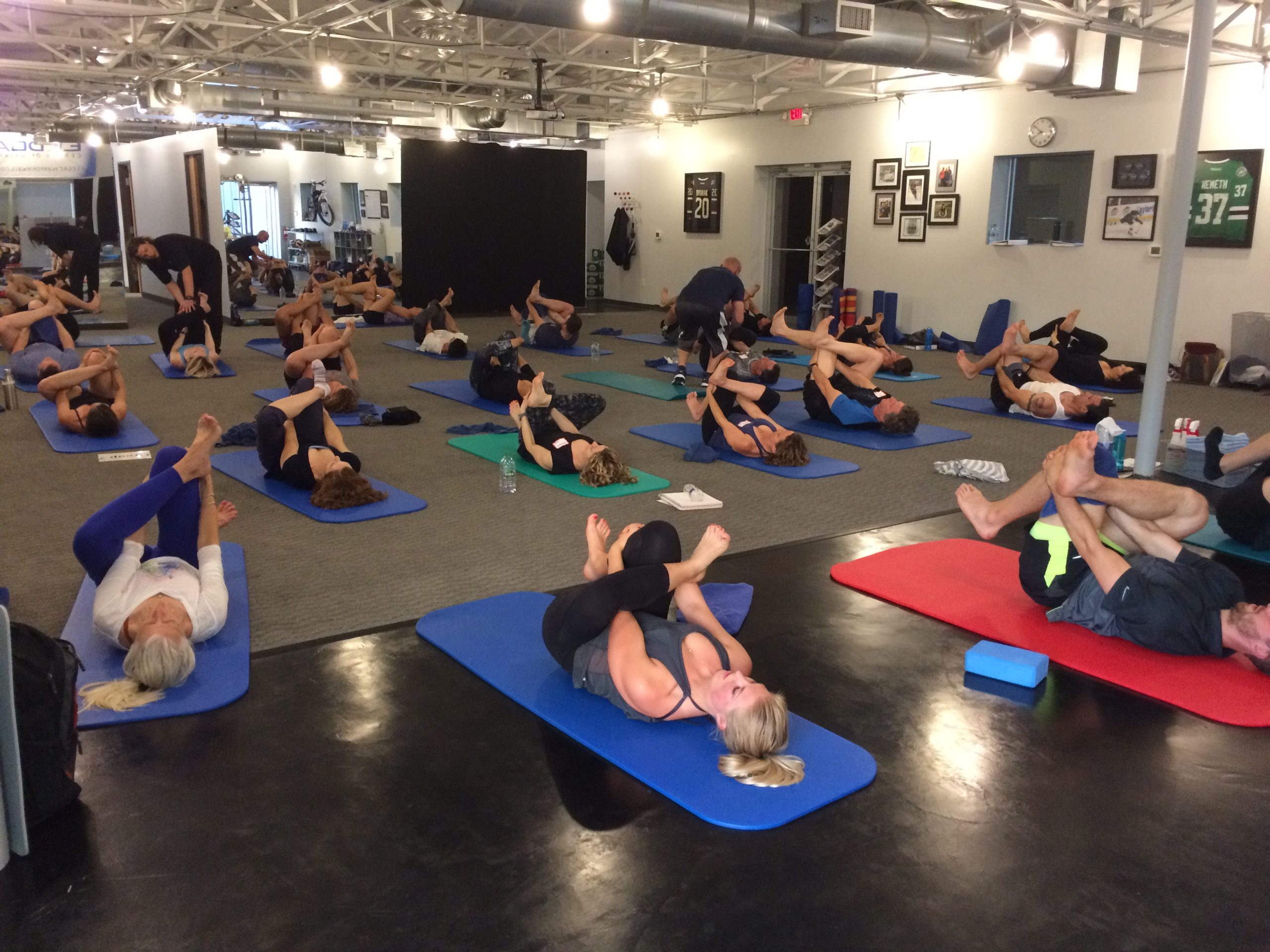
For a long time now we believed that we knew how to stretch muscles; however, how do you stretch a muscle when it is sheathed in a leather casing? Muscles are three dimensional in shape with multiple sites of attachment and fascia is the thin ‘skin’ weaving into and surrounding structures like the muscle tissue, ‘linking’ various structures together in a chain that includes the joint or joint capsule.
All the connective tissue in the body is made of water and this water is arranged in microscopic tubules. Perhaps even more amazing is that the fascia is continuous upon itself: it is one single entity. In order to stretch a specific muscle it is better to consider it as a link in a specific chain extending from the toes to the back of the knee, inserting into one or more of the ligaments of the pelvis. This is the ‘real anatomy’ of the body and respects the global organization of its tissues. A stretching posture will be chosen to solicit the tension of the whole fascial chain in order to correct the specific muscle link.
With myofascial stretching (MFS), the goal is not to gain flexibility of a muscle, but to improve the quality of the movement of the tissues in relation to one another. MFS is the only type of stretching that respects this organization.
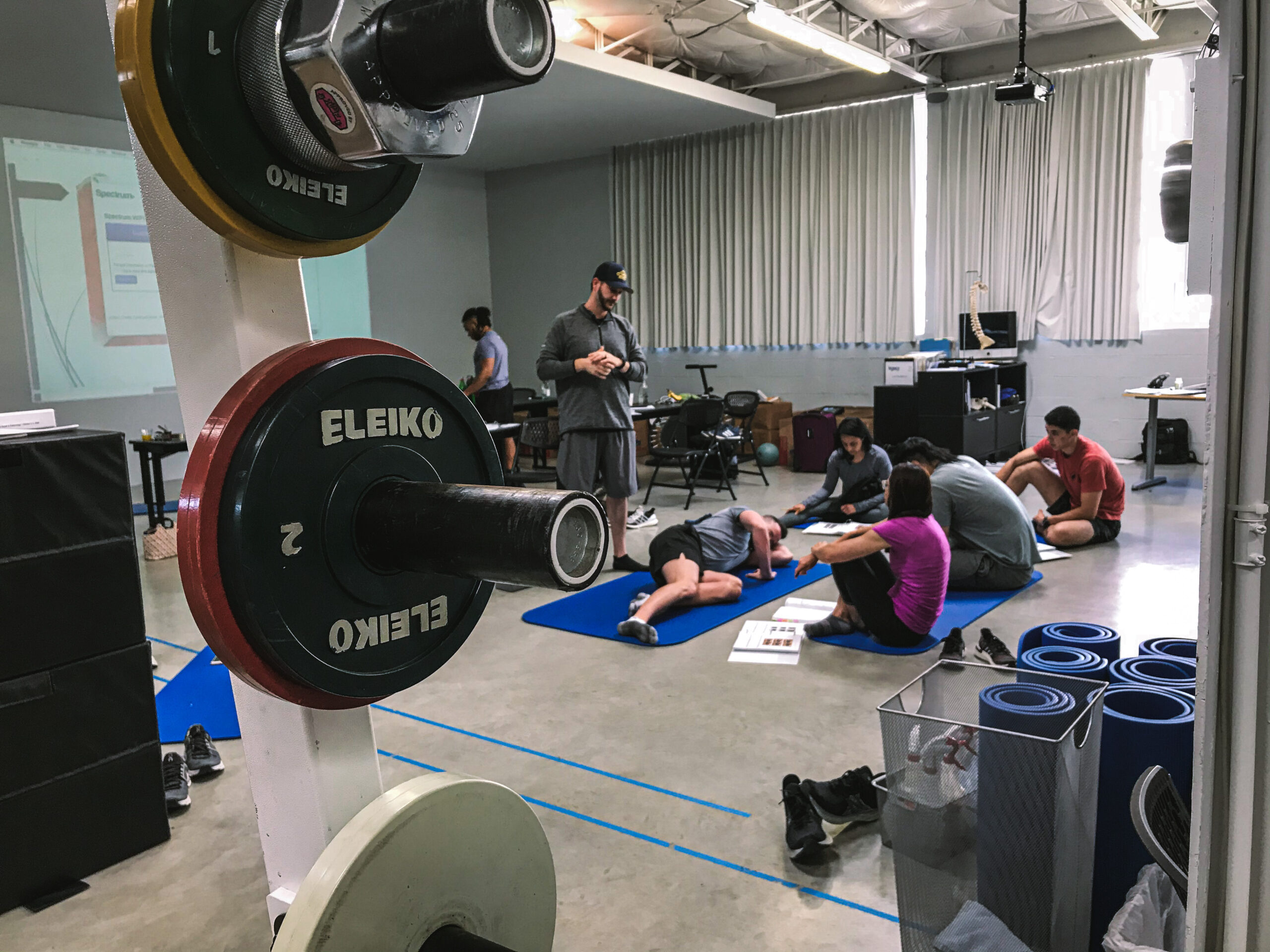
EXERCISE AND NORMALIZE!
The Sport & Wellness Program integrates Analytical Segmental exercises – ELDOA, Myofascial Stretching, Muscle Re-Enforcement, Proprioception, etc., based upon the work of Guy VOYER, DO – with traditional “Global” analytical exercises.
Analytical Segmental Exercises are specific to a particular muscle or muscle group and are used for a specific purpose. An example of this would be side-lying leg raises with the working leg at a forty-five degree angle in order to strengthen the gluteus medius. This is one of the muscles that stabilizes the pelvis so this particular exercise would be used with a client who has an unstable pelvis and no glute medius muscle. The trainer would design the client’s program with a small number of repetitions to start, building reps each week, culminating in a healthy, strong, working muscle and the ultimate goal of a stabilized pelvis.
Global exercises are less precise and are used to build over-all stamina and strength. An example would be the gravity squat. The goal of using the squat in a client program would be to teach a basic movement properly and then build the client’s mastery of that movement. There are certain things our bodies need to be able to do in our everyday life – bending down, raise our arms up, walking, standing for periods of time without losing our balance. The more we are able to do these basic movements well, the less energy we expend, the better we are able to use our bodies properly, and the more active we can remain.
As we teach the science of human movement, wellness, and sports performance, Legacy’s clients receive customized exercise programs adapted for a specific problem or goal: sports related, preventative, corrective, maintenance, or aesthetic. After an evaluation, Legacy clients are given personalized Home Programs, which are complimented by participation in group exercise classes, private, and semi-private instruction/training sessions.

